By Ella Carroll, Second Year, English
Peter Greenaway’s erotic country house drama The Draughtsman’s Contract is not only dialogically witty, but also aesthetically striking. The Welsh film director, screenwriter and artist's 1982 film was re-mastered and re-released last month, and 40 years later, the long shots of the opulent 17th-century English landscapes are still just as compelling.
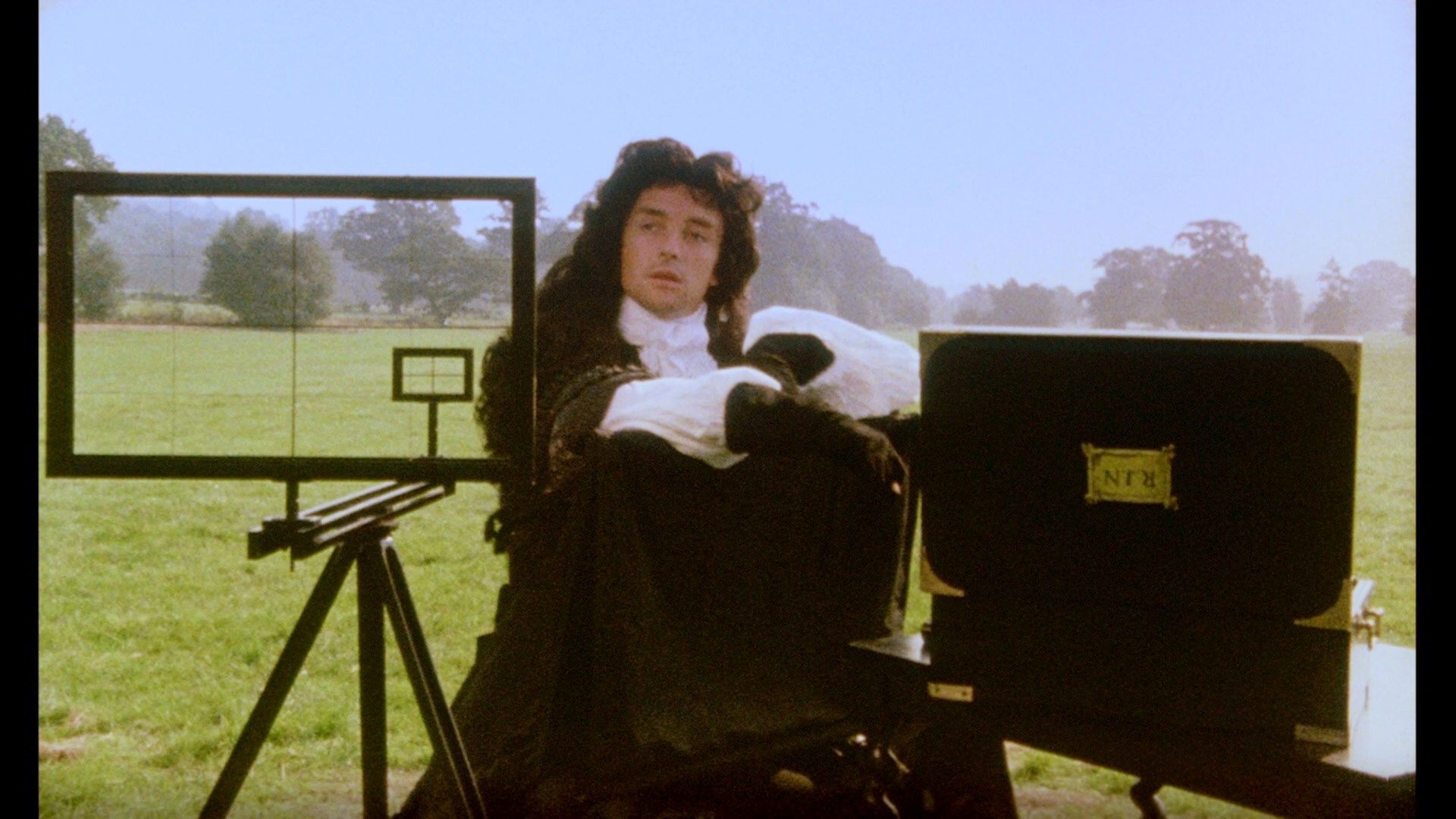
The film tells the story of a draughtsman named Mr Neville, who is commissioned by Mrs Herbert (Janet Suzman) to complete a series of drawings of her rural mansion as a gift for her husband, who departs at the start of the movie for Southampton. After much persuading, a contract is drawn up in which Neville (Anthony Higgins) agrees to complete the commissions in return for a sexual favour for each one.
Throughout the film, Neville is authoritative in his artistic endeavours, seeking with great difficulty to control the landscapes which he draws and the people who inhabit them.
As the film progresses, he slowly loses his grasp on that control as his contract is turned against him, and his drawings are littered with items that put him in an unfavourable position, a suspect for murder.
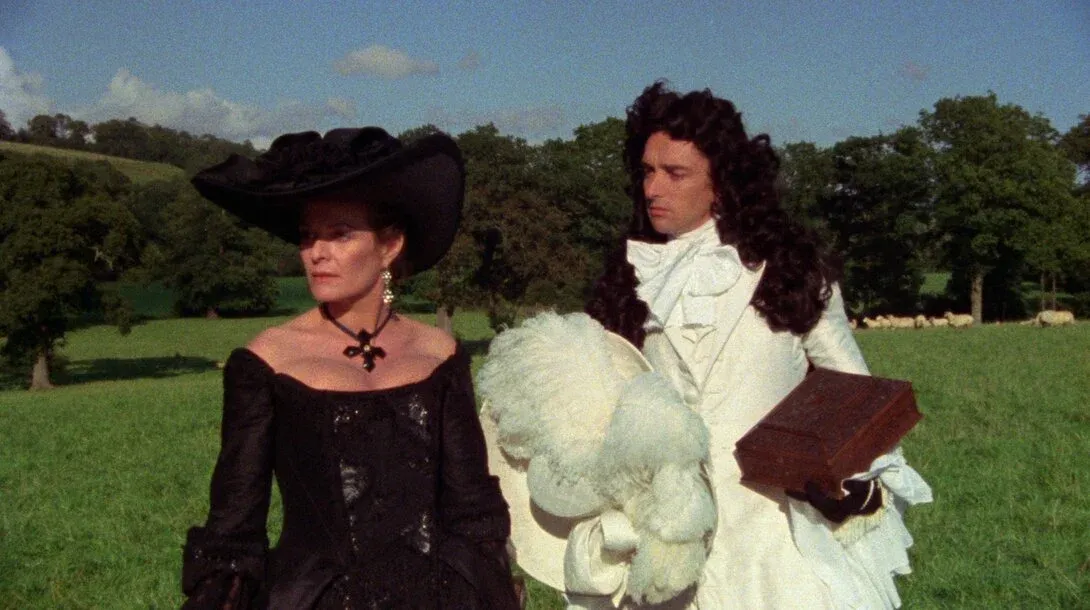
What is so striking about this film is not its thematic and artistic boldness, but rather its ability to be both aesthetically gorgeous and uncomfortably vivid at the same time.
The visuals are stunning. The rich hues of the green, brown and flamboyant ivory attire that Mrs Herbert and her family wear stand in stark contrast to the black leather garments that the draughtsman adopts.
The draughtsman seems to encroach on and corrupt the family with his clothes and his assertive confidence, threatening the men and charming the women. By the end of the film, however, we realise that perhaps Mrs Herbert and her daughter are not as innocent as they might have initially seemed.
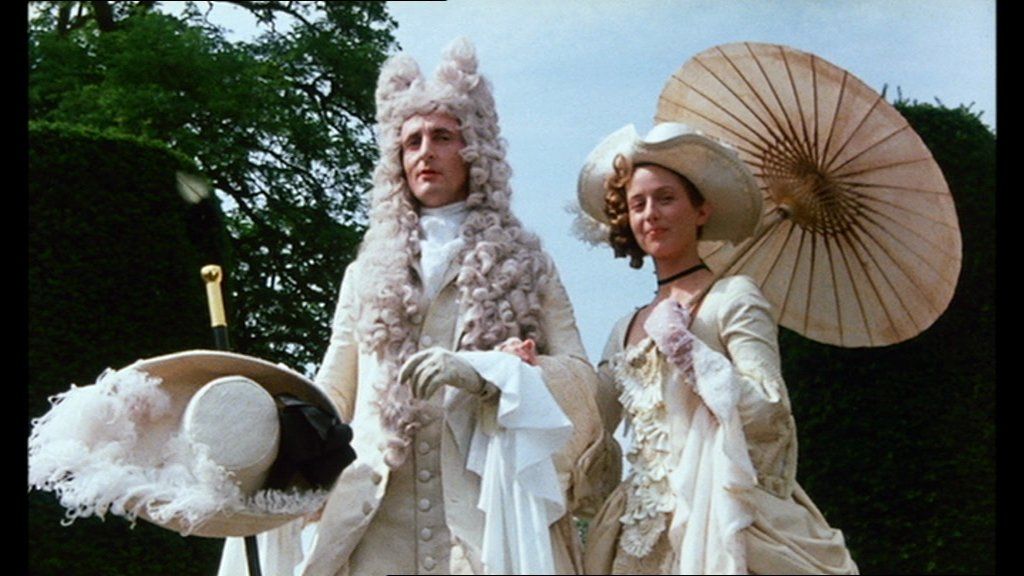
The movie is uncomfortably sexually explicit, with a lot of the intimate scenes in the first half being non-consensual and almost violent. Mr. Neville is unforgiving in the way he treats Mrs Herbert sexually.
Despite the fact that, as audiences, we don’t actually see that much in terms of intercourse, Greenway still is able to portray a sense of dread in his intimate scenes, which are usually accompanied by the crying, whimpering and at times even vomiting of Mrs Herbert.
It leaves audiences begging the question that if Mrs Herbert hates the sexual agreement so much, why she is so adamant to have it in the first place? Is she that devoted to her husband? Or does she feel shame in seeking out intimacy from someone other than her loveless husband?
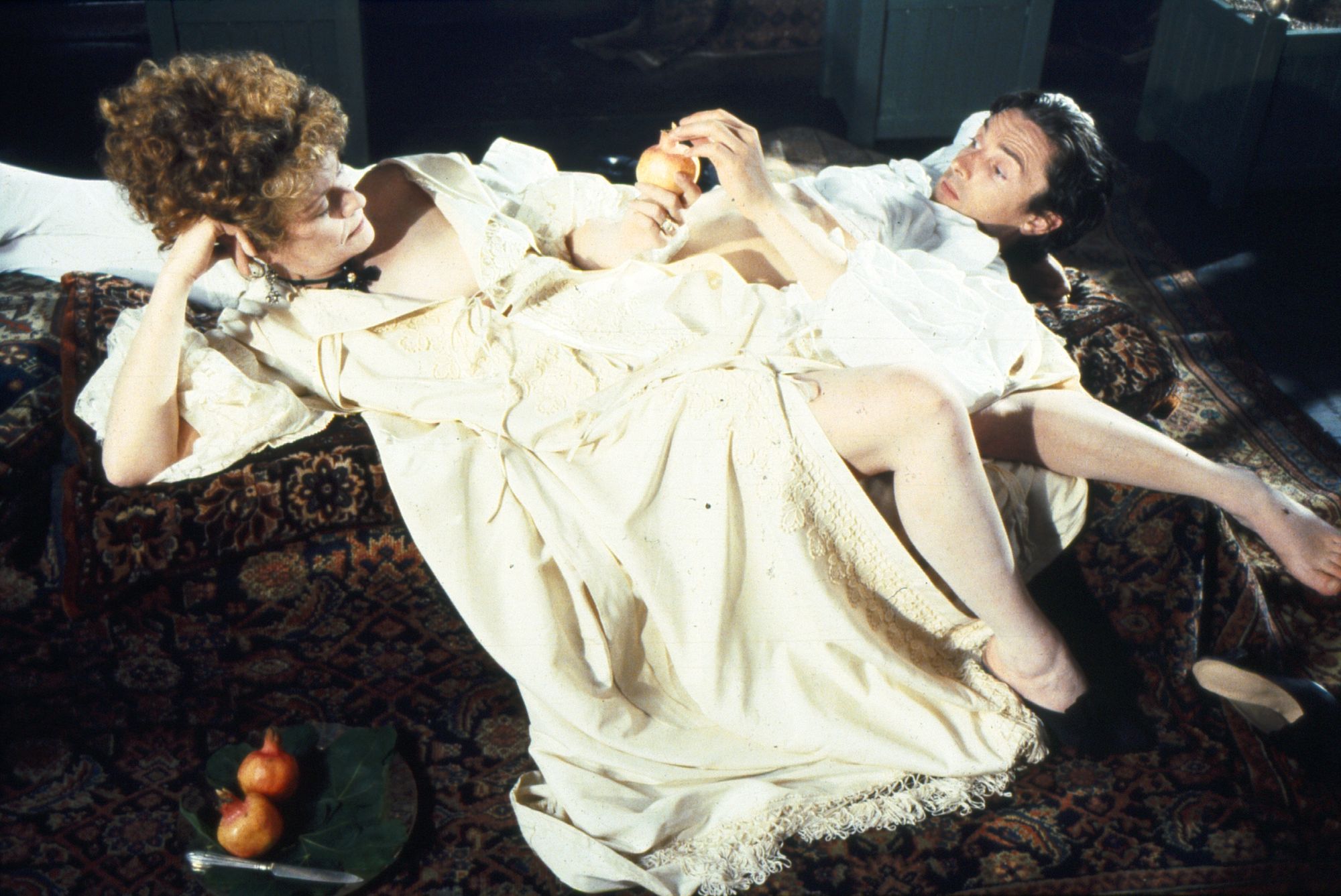
The standout theme for me, though, was the characters' shameless lack of morals. I began the film having a firm opinion of Mrs Herbert and her daughter, Mrs Talmann (Anne Louise Lambert). Their innocence is firmly reinforced by the layers of white fabric they wear and the polite manner in which they speak.
By the end, however, this opinion, much like the colour of their clothes from white to black, had very much changed.
The women, along with essentially all the other characters in the film, seem to have their true nature revealed. Whether it be sexual desire in the case of Mrs Talmann or desire for control in the case of Mr Neville, Greenaway is able to reveal each character for who they truly were and what they wanted.
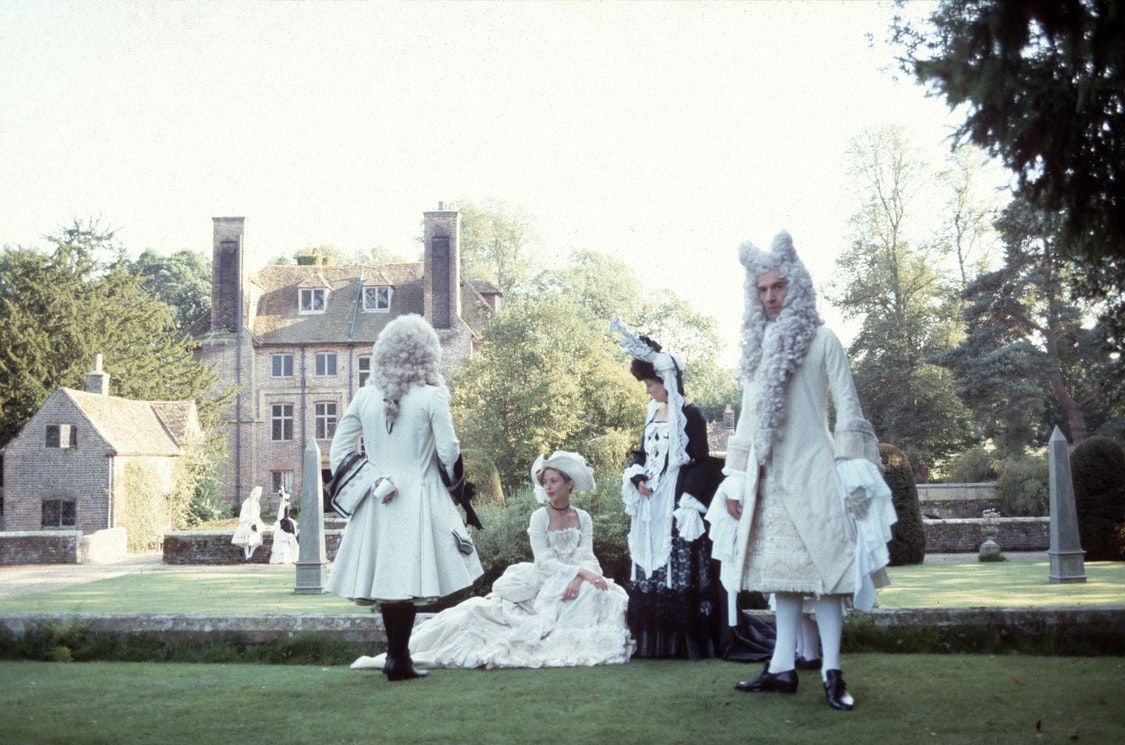
This is especially effective given the performative nature of the society they were living in. Set in 1694, the film's characters are powdered and painted and speak with an air of extreme formality.
Greenaway, however, does a stellar job at stripping down this performative politeness from the onset, exposing their crassness when the lights are dim and when they are in intimate company.
What makes the film so distinct is Greenaway’s unique ability to metaphorically disrobe his characters, revealing their true, immoral desires under all their layers of fabric. What is revealed contrasts so greatly against the spectacular landscape in which the film is set; it’s almost hilarious.
The Draughtsman's Contract has only improved with time and technology. I suggest you go and see it for yourselves!
Featured Image: Peter Greenaway, courtesy of IMDB
Newly remastered in 4K by the BFI National Archive to celebrate the film's 40th Anniversary, The Draughtsman's Contract is being shown at Bristol's Watershed from the 11th - 17th of November. Get your tickets here: https://www.watershed.co.uk/whatson/11573/the-draughtsmans-contract








